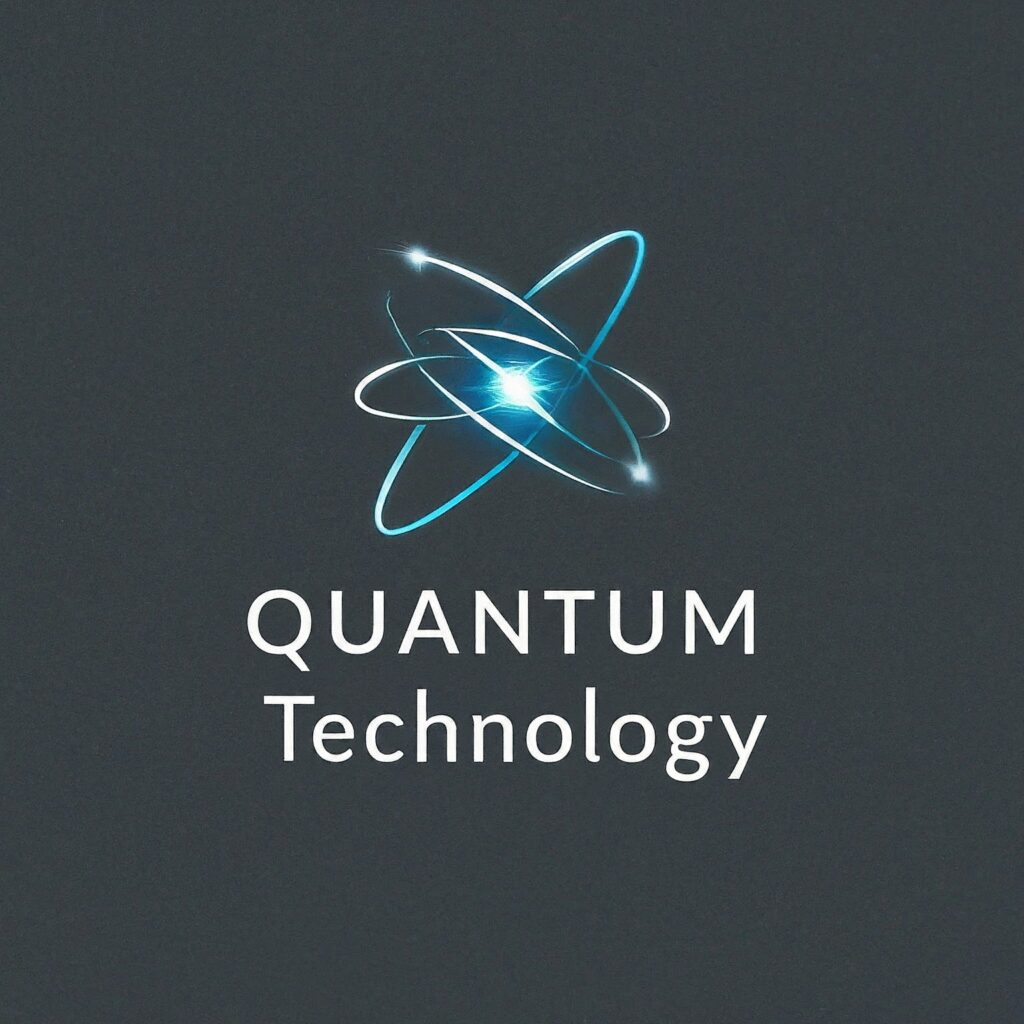Securing the Future: A Guide to Quantum Key Distribution
In our increasingly digital world, secure communication is paramount. Traditional encryption relies on complex mathematical algorithms, but these could be vulnerable to future advancements in computing power. Enter quantum key distribution (QKD), a revolutionary technology that utilizes the quirky principles of quantum mechanics to establish unbreakable encryption keys.
The Challenge of Classical Encryption
Classical encryption methods like RSA and AES scramble messages using mathematical algorithms and secret keys. While effective today, these methods rely on the difficulty of factoring large numbers or reversing complex mathematical functions. The rise of quantum computers, however, threatens to break these encryption methods in the future.
Quantum Mechanics to the Rescue:
QKD exploits the laws of quantum mechanics to create unbreakable encryption keys. Here’s the core principle:
- Uncloneable Qubits: Unlike classical bits (0 or 1), qubits (quantum bits) can exist in a superposition of both states simultaneously. This makes it impossible to eavesdrop on a QKD transmission without disturbing the qubits.
- Detection of Eavesdropping: Any attempt to intercept or measure the qubits during transmission will inevitably alter their state, alerting the legitimate users to potential eavesdropping.
The Process of Quantum Key Distribution:
QKD involves the following steps:
- Encoding the Key: One party (Alice) transmits qubits in random states (superposition of 0 and 1) to another party (Bob).
- Basis Selection: Both Alice and Bob randomly choose between two measurement bases (e.g., horizontal/vertical polarization for photons) to measure the qubits.
- Public Communication: Alice publicly announces her chosen basis for a subset of the qubits.
- Error Correction: Alice and Bob compare their results for the publicly announced bases and discard any qubits with mismatches, ensuring they share the same key.
- Secure Key Creation: The remaining qubits, known only to Alice and Bob, form the secret key for secure communication.
Benefits of Quantum Key Distribution:
QKD offers significant advantages over classical encryption methods:
- Unbreakable Security: The laws of physics guarantee the security of QKD keys. Any attempt to eavesdrop will be detectable.
- Future-Proof Technology: QKD is immune to attacks from future quantum computers, making it a secure solution for the long term.
- Integration with Existing Systems: QKD can be integrated with existing classical encryption protocols for enhanced security.
Types of Quantum Key Distribution Systems:
Several approaches exist for QKD, each with its own advantages and limitations:
- Fiber-Optic QKD: This widely used method transmits qubits encoded in light pulses over optical fibers.
- Free-Space QKD: This technique transmits qubits through the air using lasers, suitable for long-distance communication.
- Satellite-Based QKD: Emerging technology that utilizes satellites to distribute keys over vast distances.
Challenges and the Road Ahead:
Despite its immense potential, QKD faces some hurdles:
- Distance Limitations: Current QKD systems have limitations on transmission distances due to signal degradation.
- Scalability: Building large-scale QKD networks requires further development in infrastructure and technology.
- Cost: Implementing QKD systems can be expensive compared to classical encryption methods.
The Future of Quantum Key Distribution:
Research in QKD is ongoing, with advancements addressing current limitations:
- Extending Transmission Distances: Developing new techniques to amplify and regenerate quantum signals for longer-range communication.
- Improved Scalability: Designing cost-effective and scalable QKD systems for broader network deployment.
- Integration with Quantum Internet: Exploring the potential of QKD as a key component of a future secure quantum internet.
Exploring Quantum Key Distribution Further:
Intrigued by the future of secure communication? Here are some resources to delve deeper:
- Research Papers: Explore recent research papers on arXiv (http://arxiv.org/) or academic databases like ScienceDirect.
- Quantum Computing Textbooks: Textbooks like “Quantum Computation and Quantum Information” by Nielsen and Chuang provide an introduction to QKD principles.
- Online Articles and Tutorials: Several websites and blogs offer informative articles and tutorials on quantum key distribution.
By understanding the power of quantum mechanics, we can embrace QKD as a revolutionary tool for safeguarding our communications in the quantum age. As research progresses, QKD has the potential to become the bedrock of a future built on unbreakable security.
